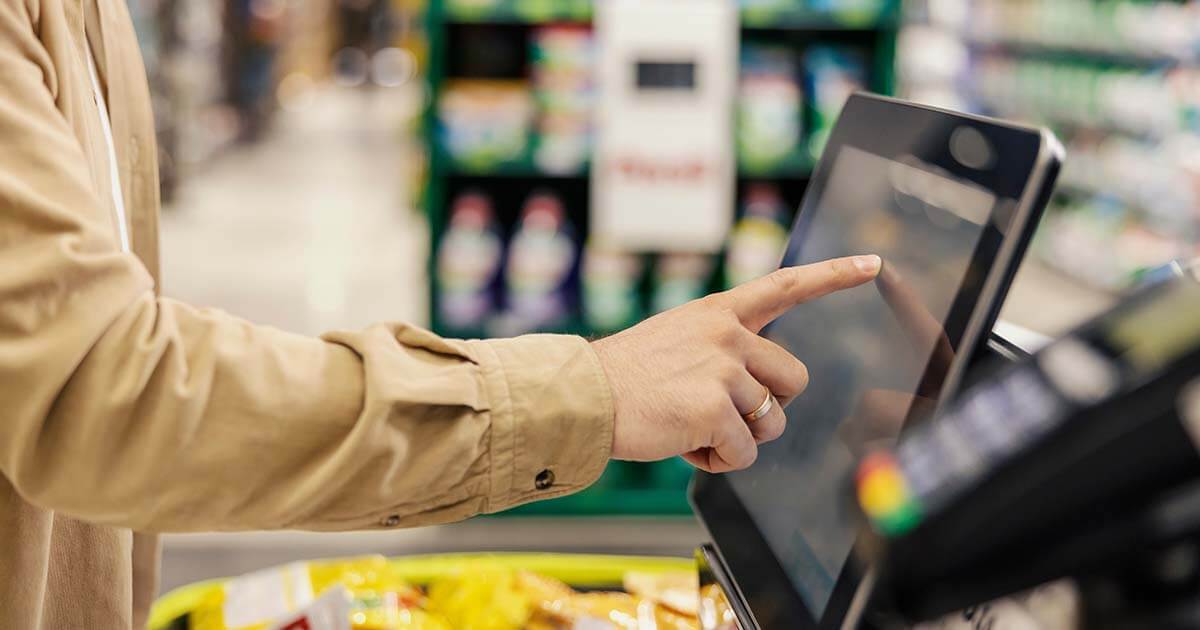
Running a retail chain has always meant dealing with a never-ending churn of retail store openings, closings and remodels that keep operations and IT staff hopping. Now retailers are looking to elevate the store shopping experience, so they’re trying lots of new formats as well as new technologies, from mobile POS to shopper trackers to beacons.
Giving these ideas their best opportunity to succeed means making sure the store IT environment is well-managed and robust. But making that happen while still keeping up with the regular pace of retail store openings and closings is no small feat.
The format changes come because the role of the store is changing along with consumers’ more complex path to purchase. Walmart and Target are leading a trend toward smaller stores, while others try pop-up stores or stores-within-stores. Stores are also transforming into drive-through pick-up locations, product showrooms, immersive experiential centers, brand stores, community service stores and specialty stores, according to research by Platt Retail Institute. The result is a larger array of store sizes, layouts and technology needs across a chain, at the same time that the steady drumbeat of retail store openings, closings and remodels continues.
In addition to new formats, retailers are enabling a more seamless omnichannel experience by bringing more digital technologies into the store — each from a different vendor and with its own technical requirements, from wiring to cabling to bandwidth. Significant numbers of retailers are in the midst of, or planning to upgrade, these technologies over the next two years, according to RIS News’ 25th Retail Technology Study:
- In-store video: 31%
- Digital signage: 38%
- Shopper tracking: 49%
- Location solutions: 49%
- Mobile POS: 54%
- Near-field communication: 55%
Pressure to innovate is tremendous, so these technologies need to roll out fast, with as little disruption as possible to store operations. That can be tricky when there is so much variation and so many vendors involved. Poorly coordinated implementations can lead to data disparity, too many inefficient field visits and excessive demand on the help desk.
To make all of these changes at the same time as managing the regular flow of retail store openings and closings, retailers need a consolidated approach toward project layouts. That means applying strong project management best practices that help reduce complexity and keep everyone on the same page. The three key “Cs” of a solid rollout plan include:
1. Consolidating and Coordinating All Activities Through a Centralized Team
Instead of multiple procurement processes and a parade of vendor’s techs through the store, this team manages all of the research, procurement, technical and field service activities.
2. Customizing the Project Implementation
With many store formats and technologies to accommodate, it pays to plan ahead to ensure an accurate set of plans, best-fit hardware, deployment methodologies and deliverables for each location, with an escalation plan for when things go wrong.
3. Centralizing the Data
When all stakeholders have visibility into what’s happening and access to accurate detail, from project milestones to equipment serial numbers, the likelihood of a successful implementation and satisfactory ongoing support increase tremendously.
One of the most exciting aspects of working in retail is that it never stops moving and changing, whether it’s the continuous stream of new retail store openings, closings and remodels, or testing of exciting new formats and store technologies.
Turning those great ideas into real, working retail environments takes a smart and well-thought-out approach to project management implemented by a team with deep implementation experience and strong skills.
Contact us today to take a new approach to your technology deployments.
